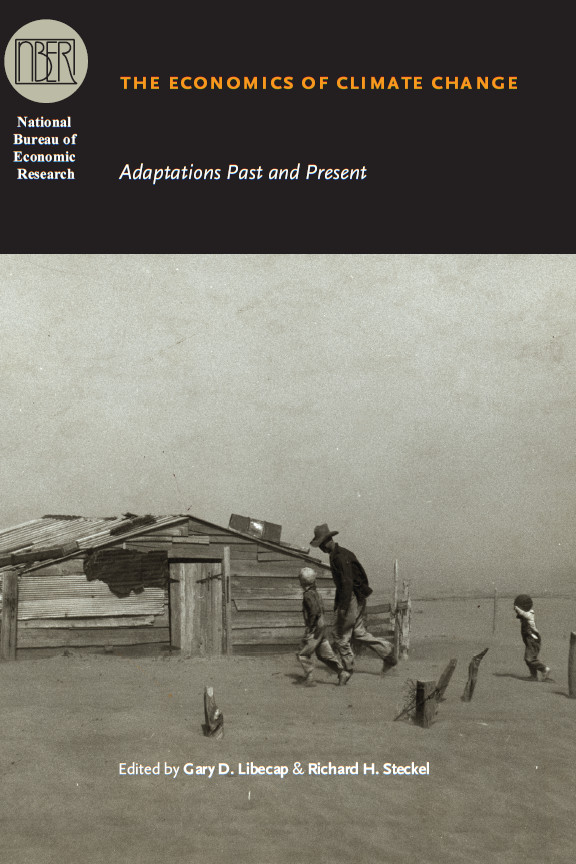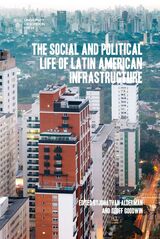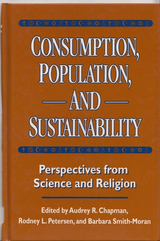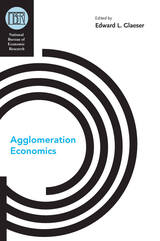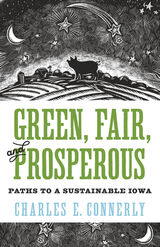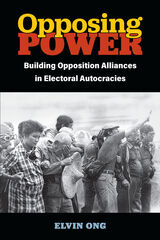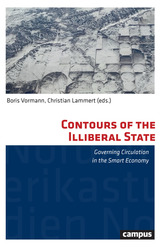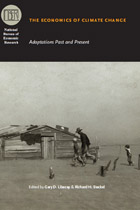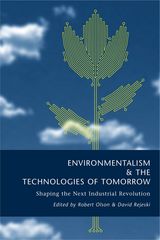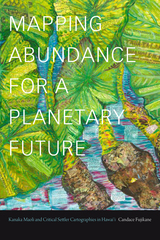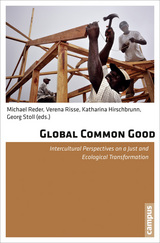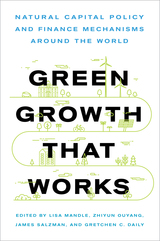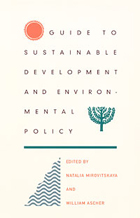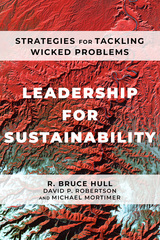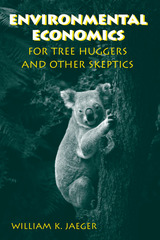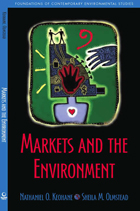eISBN: 978-0-226-47990-3 | Cloth: 978-0-226-47988-0
Library of Congress Classification HC79.E5E2778 2011
Dewey Decimal Classification 333.714
While debates over the consequences of climate change are often pessimistic, historical data from the past two centuries indicate many viable opportunities for responding to potential changes. This volume takes a close look at the ways in which economies—particularly that of the United States—have adjusted to the challenges climate change poses, including institutional features that help insulate the economy from shocks, new crop varieties, irrigation, flood control, and ways of extending cultivation to new geographic areas. These innovations indicate that people and economies have considerable capacity to acclimate, especially when private gains complement public benefits. Options for adjusting to climate change abound, and with improved communication and the emergence of new information and technologies, the potential for adaptation will be even greater in the future.
See other books on: Climate Change | Climatic changes | Libecap, Gary D. | Present | Steckel, Richard H.
See other titles from University of Chicago Press
